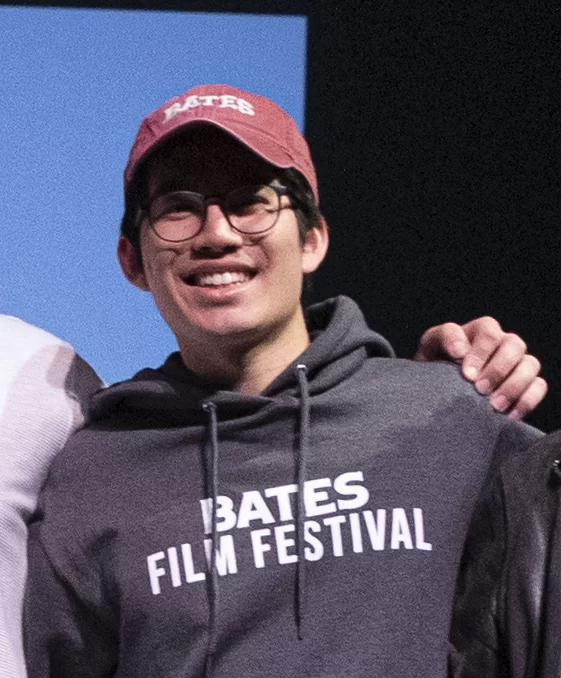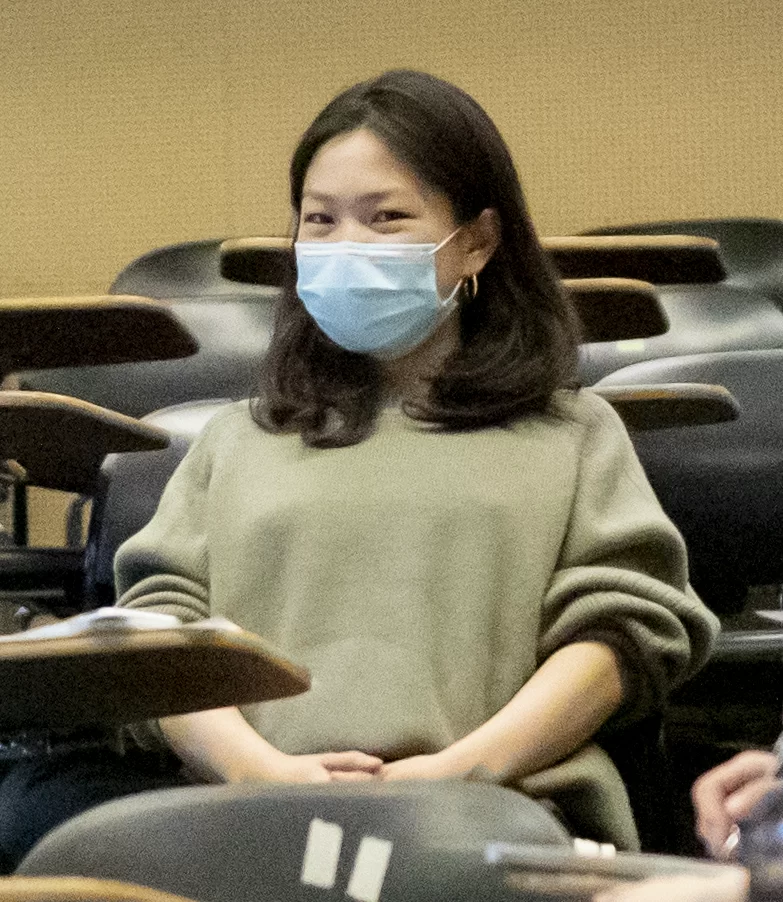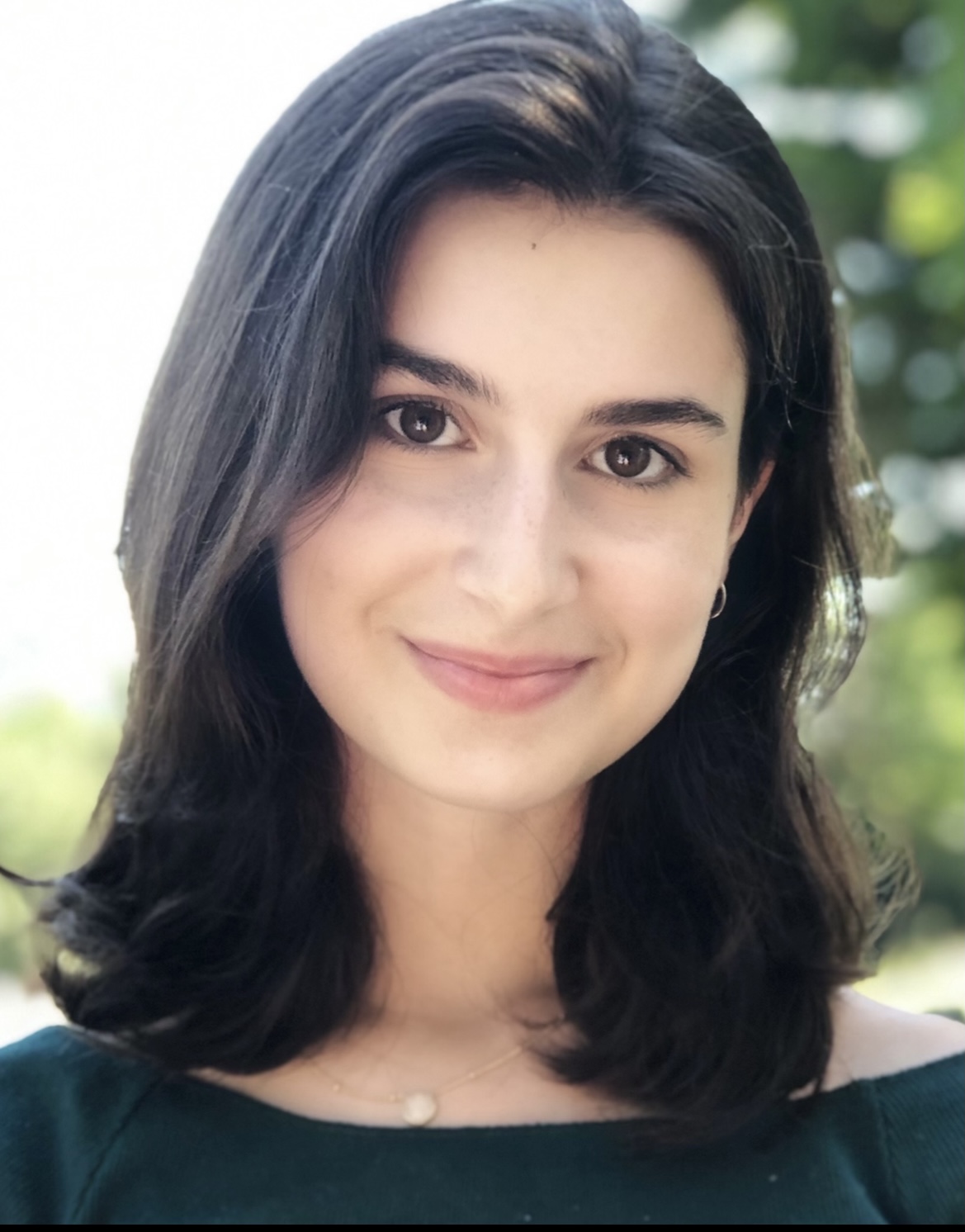By Shae Gwydir (BFF 2019; Bates Class of 2020)
As the second Bates Film Festival comes to a close and the semester nears an end, eyes are on reflection and efforts are already focused on future BFF growth. As with any academic and public endeavor, there is always room for improvement in the hopes of furthering intellectual outcomes and audience engagement in future years. With this in mind I would like to focus on the structural notions of the class, specifically acknowledging the class meetings that preceded feature films and short films programming discussions.
“Much of the tensions seemed to revolve around our dedication to stay rooted in our Mission Statement, which highlights the notions of equity, justice, and advocating for individuals from diverse backgrounds.“
These conversations, as is expected in any situation that involves multiple people trying to make decisions, were quite tense. Much of the tensions seemed to revolve around our dedication to stay rooted in our Mission Statement, which highlights the notions of equity, justice, and advocating for individuals from diverse backgrounds. But I wonder if there is any way to ease tensions and prepare the class more for the impending discussions.
This year, these said preceding classes were designated for a variety of activities: an in-depth editing process of the festival’s Mission Statement, a review of DC Shorts and potential films the BFF might pursue, a meet and greet with potential community partners, a recitation of findings from our Advisory Board Member interviews, programming pitches and finally discussions on co-sponsorships. While these topics were relevant to build an understanding of film festival protocols, I wonder if there was a way to establish an even more productive means of preparation, and focusing class meetings on discussions relevant to representation of minorities in festival happenings.

As noted in Dino-Ray Ramos’ article, “Sundance Increases Representation For Women & People Of Color With Plenty Of Room For Improvement- Study,” major film festivals like Sundance are statistically showing improvement “when it comes to directorial inclusion and representation of women and people of color.” However, even though the data shows increases, it is important to note that the percentage of women included is still below 50% in the grand scheme of the festival. The recent nominations for the 2020 Golden Globe nominations (while not in the festival world, is still very relevant to the film circuit) highlights gendered tensions with the phrase “all men, all the time” being widely promoted. These disproportional conclusions can also be seen in BFF’s own finalized programming, which severely showed an imbalance in the representation of women directors and female protagonists. As beginner festival curators that are still malleable and aren’t tied to traditional values of big film festivals, it is important that we make note and enact change in our programming actions regarding gender.
As such, I propose a lesson plan that helps to establish discussion tools and hone them before they have the power to affect the outcome of festival programming.
“The goal for this exercise is to allow students to develop an understanding of their habits and mindsets, and establish a basis of what conversations and themes they need to be aware of in future programming discussions during the festival.“
During one of the preceding classes a mock programming debate can occur, in which the professor provides two or three movies to the class and instructs them to program one of them. These movies can be actual movies in the current festival circuit, widely known blockbuster movies that a general public would most likely know, or they can be movies that have criteria made up by the professor for the needs of the exercise. The Mission Statement is provided as well. After the discussion and decisions are made, a reflection conversation is held to discuss what topics and themes were discussed throughout and what topics were lacking. The goal for this exercise is to allow students to develop an understanding of their habits and mindsets, and establish a basis of what conversations and themes they need to be aware of in future programming discussions during the festival.
While topics and themes regarding gender representation, and how decisions/outcomes were tied to our mission statement were indeed noted during our 2019 programming discussions, much of the time they were only briefly noted, and skimmed over because of time constraints. We didn’t get the chance to dive deep into “flawed” habits; thus, this mock class would be relevant and important since it would allow realizations to occur without the pressure of real decisions riding on it. It provides a flexible atmosphere, conducive for learning, mistakes and proper discussion.
WORKS CITED
Ramos, Dino-Ray. “Sundance Increases Representation For Women & People Of Color With Plenty Of Room For Improvement- Study.” Deadline, 6 Sept. 2019, deadline.com/2019/01/sundance-usc-annenberg-inclusion-initiative-inclusion-representation-women-people-of-color-study-dr-stacey-l-smith-1202541174/.



